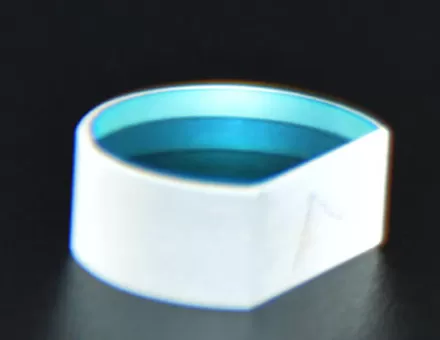Compared with the film age, photographers in the digital age need a lot fewer filters, but there are still some optical filters that are still necessary. Part of it is because it takes time and effort to imitate the effects of these filters in the later stage, and some are because the current technology can't use post-processing to achieve the effects of filters.
In the following, we will take the most frequently used filter as an example to list the optical filters that are still needed in the digital age.
Commonly used optical filter classification:
1. Protective glass
Although the lens hood can protect the lens from some rain and snow, it is still recommended that you use a protective lens when shooting in bad weather. The splashing waves and sand in the wind are very deadly to the lens.
2. Circular polarizer
Polarizers can eliminate reflections from non-metallic and smooth surfaces, such as water and glass. In addition, it can increase the saturation and make the blue sky bluer. It is a very favorite filter for photographers. This optical filter consists of two parts: the screw part is used to connect with the lens, and the lens is in the rotating part, and the user needs to rotate to adjust the polarization effect.
3. Middle gray mirror
The medium gray lens is also called ND lens and light reducing lens. It can reduce the light entering the lens and is suitable for shooting with a large aperture under bright light and for long exposure scenes. According to the degree of dimming, it will be divided into different intensities.
4. Medium gray gradient lens
This type of optical filter is also called a GND mirror, which is usually half transparent and the other half dark. When in use, by adjusting the position of the filter so that the darker part blocks the brighter side of the scene, you can balance the light ratio of the picture and retain more details. The dimming ability of the darker half determines the strength of the mid-gray gradient lens, and the dividing line between light and dark can be divided into soft and hard.
5. Filter system
Filters are divided into screw-in circular filters and insert-type square filters. As you can see from the name, the screw-in circular filter is fixed to the lens by a screw on the front of the lens. If you accidentally pack it too tightly, disassembling the filter can be a chore. Depending on the lens, you also need to choose filters of different calibers. The biggest advantage of this type of optical filter is that it is small, light and easy to carry, and it can be fully attached to the lens to seal and protect it.
In contrast, the plug-in square filter is more bulky, but the advantage is that the same set of filters can be used on multiple lenses only by using different adapter rings, and the angle and height can be fine-tuned, and the controllability. If you use many lenses to shoot the same subject, especially landscape subjects, then the square filter system is a more suitable choice for you.


















 EN
EN




